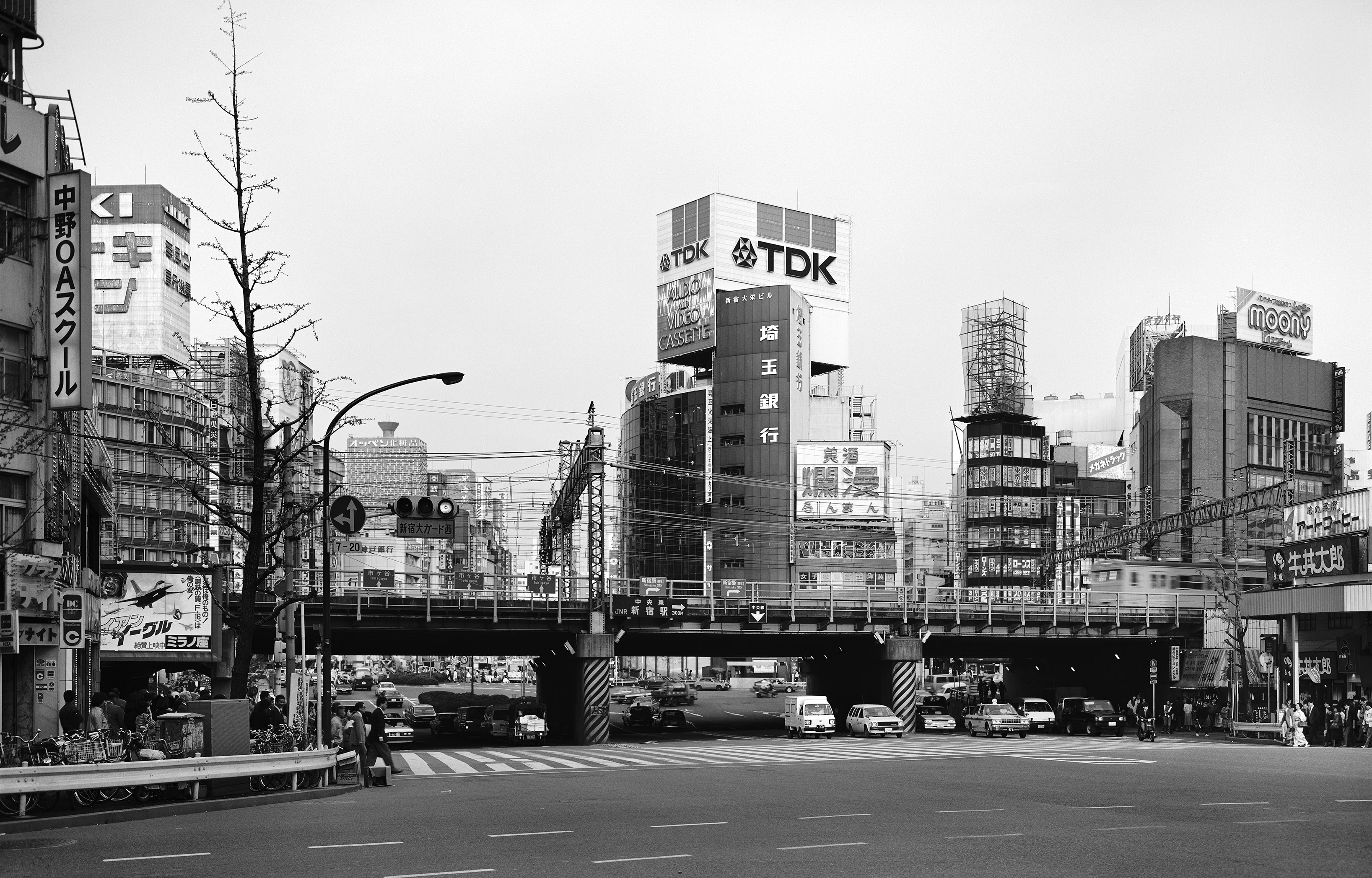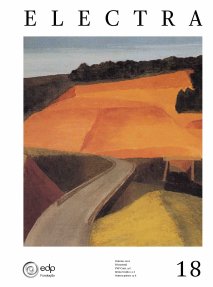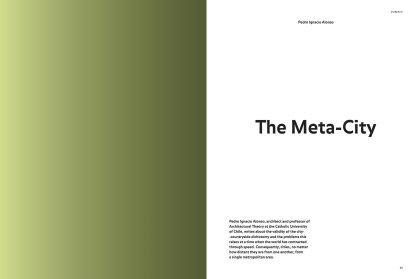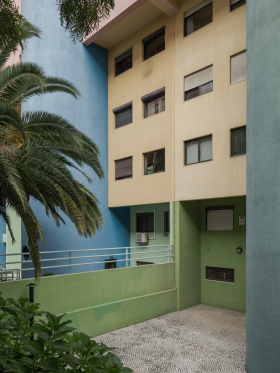Earth is not what it used to be, we are told. And this is not untrue if we consider the overwhelming transformations brought about by global warming and the environmental crisis caused by the many levels of land, water and air contamination. These would also include the ecological impact of night-time light pollution in cities which blur, along the way, any chance to watch the stars from urban areas and their surroundings.
Alongside the pollution by substances that mess up the environment, however, there is the French philosopher, cultural theorist and urbanist Paul Virilio, who suggested that we surely ‘should also be able to detect the sudden pollution of distances and lengths of time that is degrading the expanse of our habitat.’1 He is referring to speed, and to the way telecommunications and ultra-rapid means of transportation have radically transformed previous relationships between time and space on a planetary scale. He proposes that this problem is in fact different from what ecologists are always harping on about. A problem, certainly, that goes unnoticed in the IPCC’s (Intergovernmental Panel on Climate Change) reports on Global Warming.
Prior to Virilio’s claims, these concerns had actually been described in the early 1970s by British artist and sociologist John McHale, who in his book ‘The Ecological Context’, realised that ‘our world has suddenly grown quite small.’ In support of this observation, he published a diagram from the International Industrial Development Center Study at Stanford University, on the ‘shrinking of our planet by man’s increased travel and communications speeds around the globe.’
What is new in Virilio’s assertion, however, is the fact that such a global shrinking is considered the result of a type of (speed) pollution that he links to the eruption of what he calls the ‘world-city’, ‘totally dependent on telecommunication’.2 He would propose a new kind of ecology, a Grey Ecology, that should be conceived to describe and understand a situation that is not only concerned with air, water, light or noise contamination, but first and foremost with ‘the end of the town-country opposition’. The acceleration of technological change and the obliteration of space, according to Virilio, marks the end of rather simplistic dichotomies between cities and the countryside, or between the urban and the non-urban. Thinking along the same lines, John McHale had previously claimed that there is ‘no longer a division possible between factory and farm or, in this sense, town and country.’3
Paradoxically perhaps, such simplistic dichotomies are still the case, at least if we consider the theme of Rem Koolhaas and AMO’s (research studio of the Office for Metropolitan Architecture) Countryside, The Future, a recent exhibition at Guggenheim Museum in New York, where the main argument of this curatorial project starts by making this opposition explicit, providing numbers that reinforce the division between the urban and the non-urban. The ‘countryside’, they claim, is the 98% of the Earth’s surface that is not occupied by cities, including the rural, the remote, and the wild territories. In this context, the arguments proposed by McHale and Virilio reveal an ongoing, yet unresolved, controversy.
But numbers, as well as concepts, can be elusive. Various alternative accounts of the distinction between town and country would indicate that 3% of land is urban, while 38% is agricultural. They would extend into the assessment that Greenland, Antarctica, glaciers and the ice caps, taken together, would correspond to 10% of Earth, with a remaining 49% that would belong to other wild environments such as jungles, deserts, and mountains. These percentages, however, by only considering mainland, exclude the seas. If in the total analysis we include the 70.8% of planet Earth that corresponds to oceans, then the numbers change to just 0.9% of urban areas and 11,1% of agricultural lands, with 2,9% for Antarctica, Greenland, glaciers and the ice caps and the remaining 14,3% that belong to other wild milieus like jungles, deserts, mountains, and so forth.
To include the oceans in these calculations seems relevant as they are also subjected to contamination and human speed. Or what amounts to the same, to the contamination by human speed. The blurring boundaries of such interlocked relations asserted by Virilio come from an assessment of the size of Earth by introducing time as a fundamental factor. He rather poignantly refers to this as the ‘weapons of mass communication’ that bring us to a ‘third era of war and a new stage of the city, or more exactly of the post-industrial meta-city […]’ In this view, the simplistic opposition between town and country has for a long time been superseded by a world-city (or a meta-city) that is the outcome of a new relationship to places and time distances ‘created by the absolute speed of electromagnetic radiation’.4








Share article